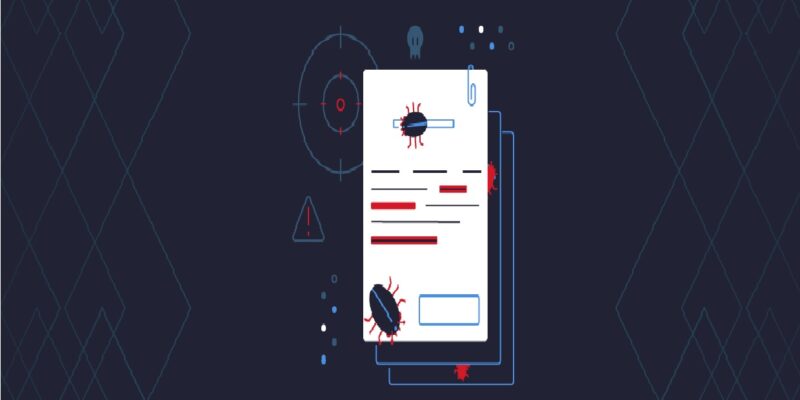Managers, business owners, and entrepreneurs, often have to take tough decisions when it comes to cybersecurity. Taking precautionary and preventive steps is way better than handling the consequences of a security breach. Malware remains a serious concern for companies across the globe, and small businesses often suffer the most, because they have a hard time dealing with the aftermath of a breach or data theft. In this post, we are going to discuss further on the topic, how malware works, and ways to stay protected.
Understanding malware
Malware is the short for malicious software. Malware programs are designed to caused varied kinds of harm to a device, network, or environment. It could be related to stealing, encrypting or deleting data, or something like monitoring on user activities. Malware can be used to extort money, or to install other malware and programs, as well. Malware works in different ways, depending on the program in question. Ransomware, for instance, just encrypts data, and in return, the hacker demands day to send the decryption key. Then there are other programs malvertising software, which forces ads on the browser. Common types of malware include trojans, worms, viruses, spyware, and adware.
Staying protected
There are several things that a company can do to prevent malware attacks –
- First and foremost, train your people. Ask employees to be careful with browsing, emails, links and attachments. If that means hiring cybersecurity experts for conducting workshops, consider that investment.
- Evaluate your devices and networks. From using network segmentation, to placing devices behind firewalls, using antimalware software, and removing old and unused software, every step is a big step towards cybersecurity and can prevent malware attacks.
- Testing matters. Always do penetration testing and network scans to find possible malware, which may exist on certain devices without knowledge of the concerned users. Make sure that you test on a regular basis, and there should be a schedule for the same.
- Access rights must be managed too. If you don’t have a transparent system for access management, as yet, it is time to do the same right away. Also, don’t grant use to employees, who don’t need a particular resource.
- Finally, for cybersecurity, ensure that passwords are protected and strong. Strong passwords can be created using special characters, and ask the employees to rely on password managers, which is considered to be a low-risk tool.
Malware prevention should be on the top of your priority list!












